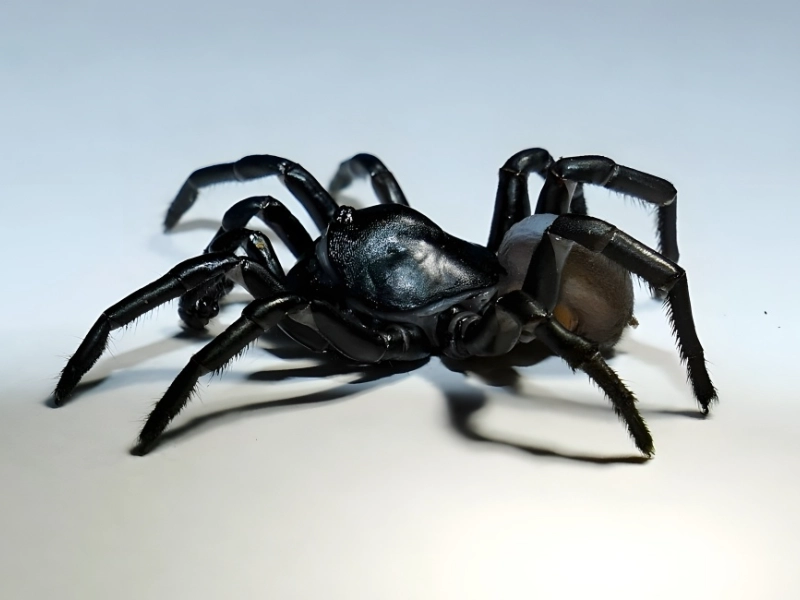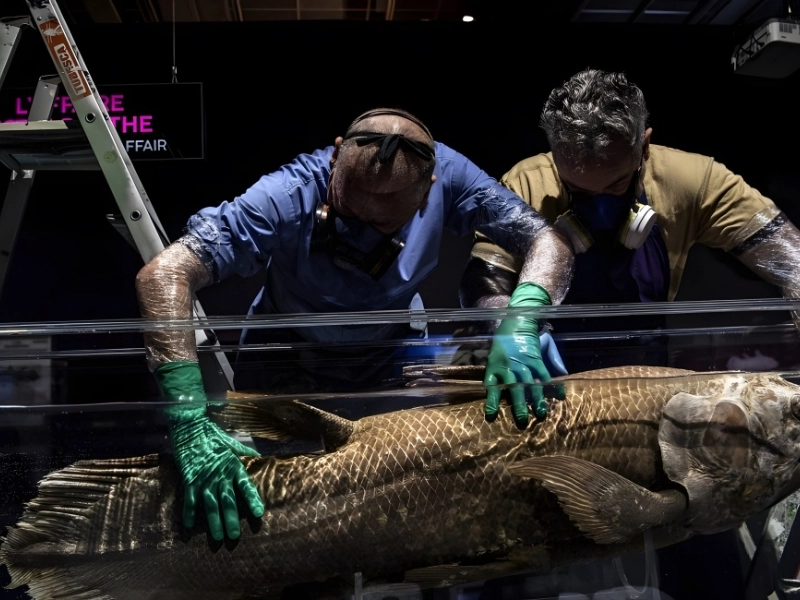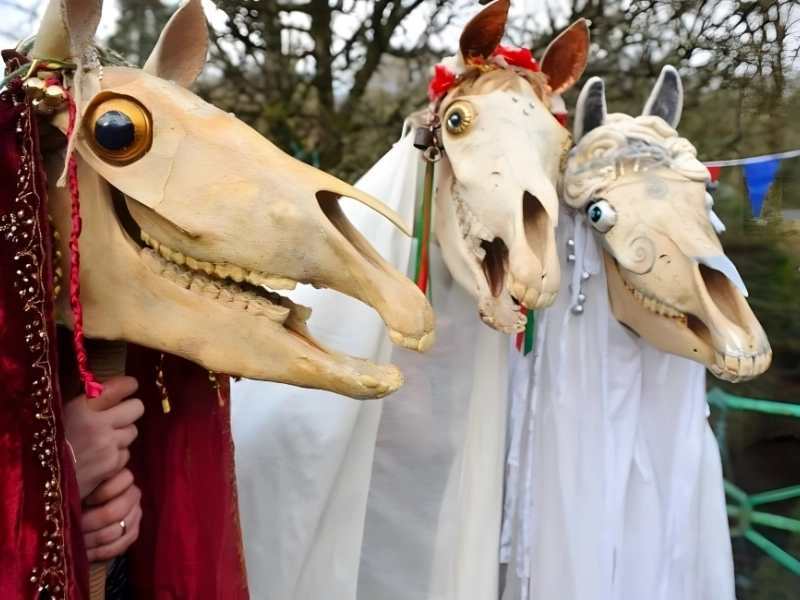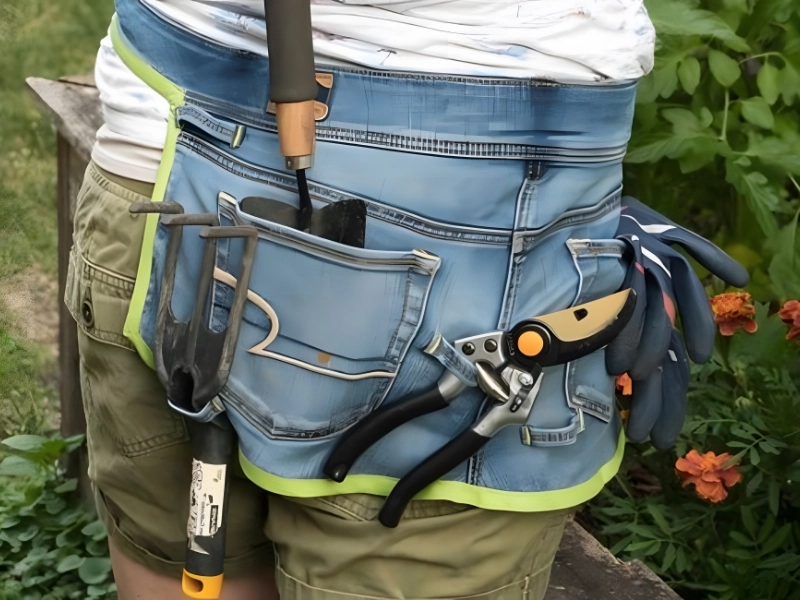10. A Novel Form of Poisonous Spider Discovered Naturally in Florida
Where: Miami, Florida
Year Found: 2021
Estimated Value: N/A
This image will definitely make you feel dizzy if you're frightened of spiders. Despite having ties to tarantulas, this creature is known as the Pine Rockland Trapdoor Spider and is a completely different species. Fortunately, it was found close to the Miami Zoo in Miami, Florida.

Advertisement
Unusual Sort of Venomous Spider Discovered Naturally in Florida YouTube/@PatrynWorldLatestNew
Seeing the spider and realizing it was a new species, a zookeeper watching research traps for reptiles bravely trapped it for examination. As a venomous "habitat specialist," the Pine Rockland Trapdoor Spider digs burrows to assist it ambush victims, just like other Trapdoor Spiders.
11. A Living Extinct Prehistoric Fish Discovered on a Fishing Boat in South Africa
Location: Off the South African coast
The Year Found: 2021
Estimated Value: N/A
It's likely that you shouldn't attempt to debone and fry this fish. This 400 million-year-old fossil fish is called a coelacanth. Before some extremely surprised Argentinean fishermen caught one in 1938, it was believed to be extinct. Then, in 2021, a group of coelacanth was discovered by South African shark hunters, proving that this ancient fish is here to stay.

The Coelacanth, a prehistoric fish once believed to be extinct, has recently been discovered alive on a South African fishing boat, as reported by @PatrynWorldLatestNew on YouTube. This remarkable discovery has reignited interest and fascination in the scientific community and among the general public. The Coelacanth, often referred to as a "living fossil," was first thought to have disappeared around 66 million years ago, during the time of the dinosaurs. However, in 1938, a living specimen was astonishingly found off the coast of South Africa, and since then, other populations have been discovered in places like Madagascar and Indonesia.
These ancient fish were captured by fishing nets that extended 400–500 feet below the surface, bringing them up to the boat alive. This method of capture has raised significant concerns among conservationists and marine biologists. The Coelacanth's deep-sea habitat, which ranges from 500 to 800 feet below the surface, is now being increasingly encroached upon by modern fishing techniques. These new nets pose a serious threat to the already vulnerable populations of this rare and ancient species.
The future of the Coelacanth populations in regions such as Madagascar and South Africa is particularly at risk due to these advanced fishing methods. The accidental capture of these fish not only endangers their survival but also disrupts the delicate balance of their deep-sea ecosystem. Conservation efforts are urgently needed to protect these remarkable creatures and ensure that they continue to thrive in their natural habitat. The discovery of living Coelacanths serves as a powerful reminder of the resilience of nature and the importance of preserving our planet's biodiversity.










